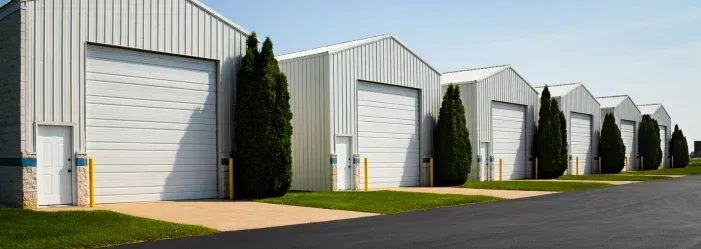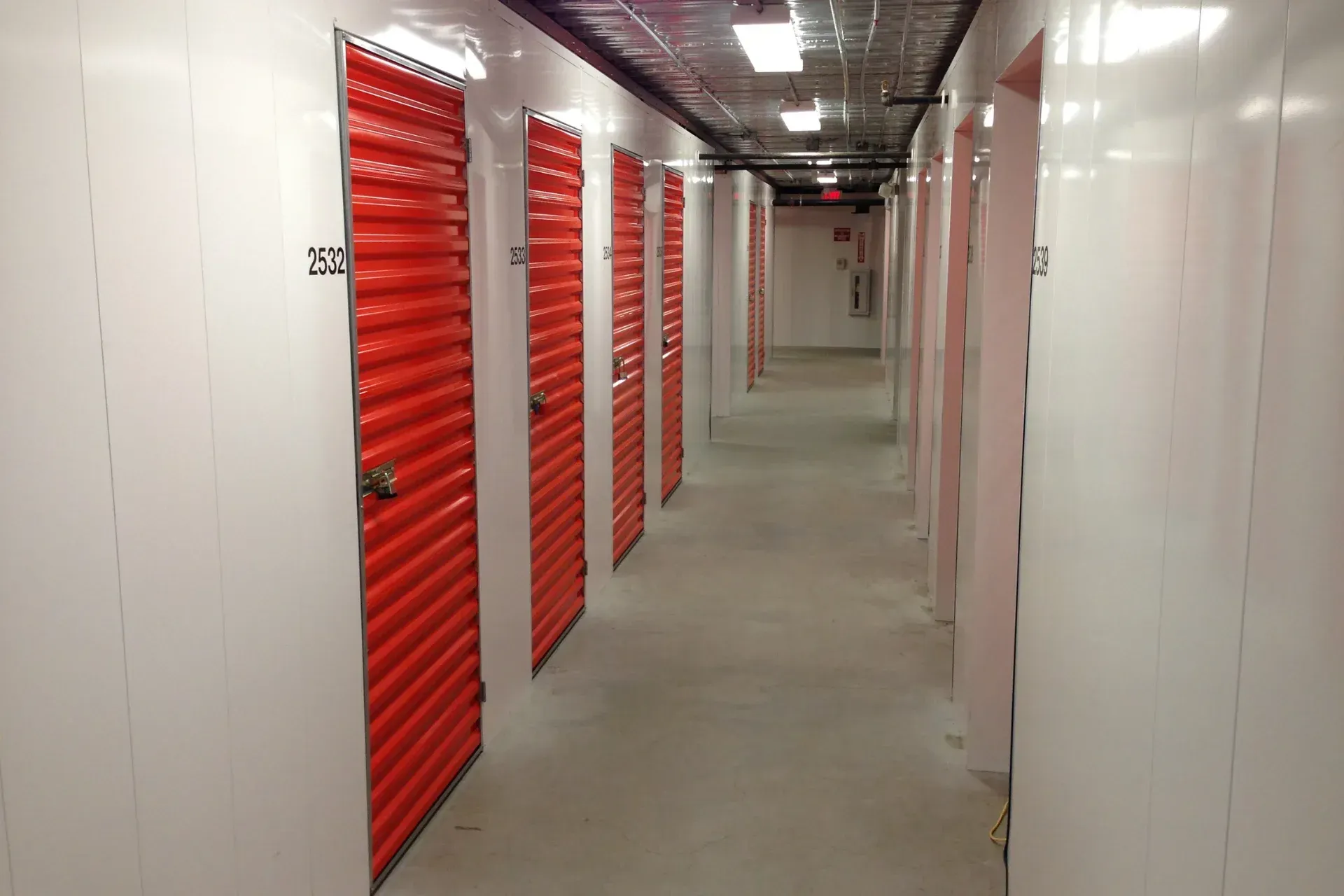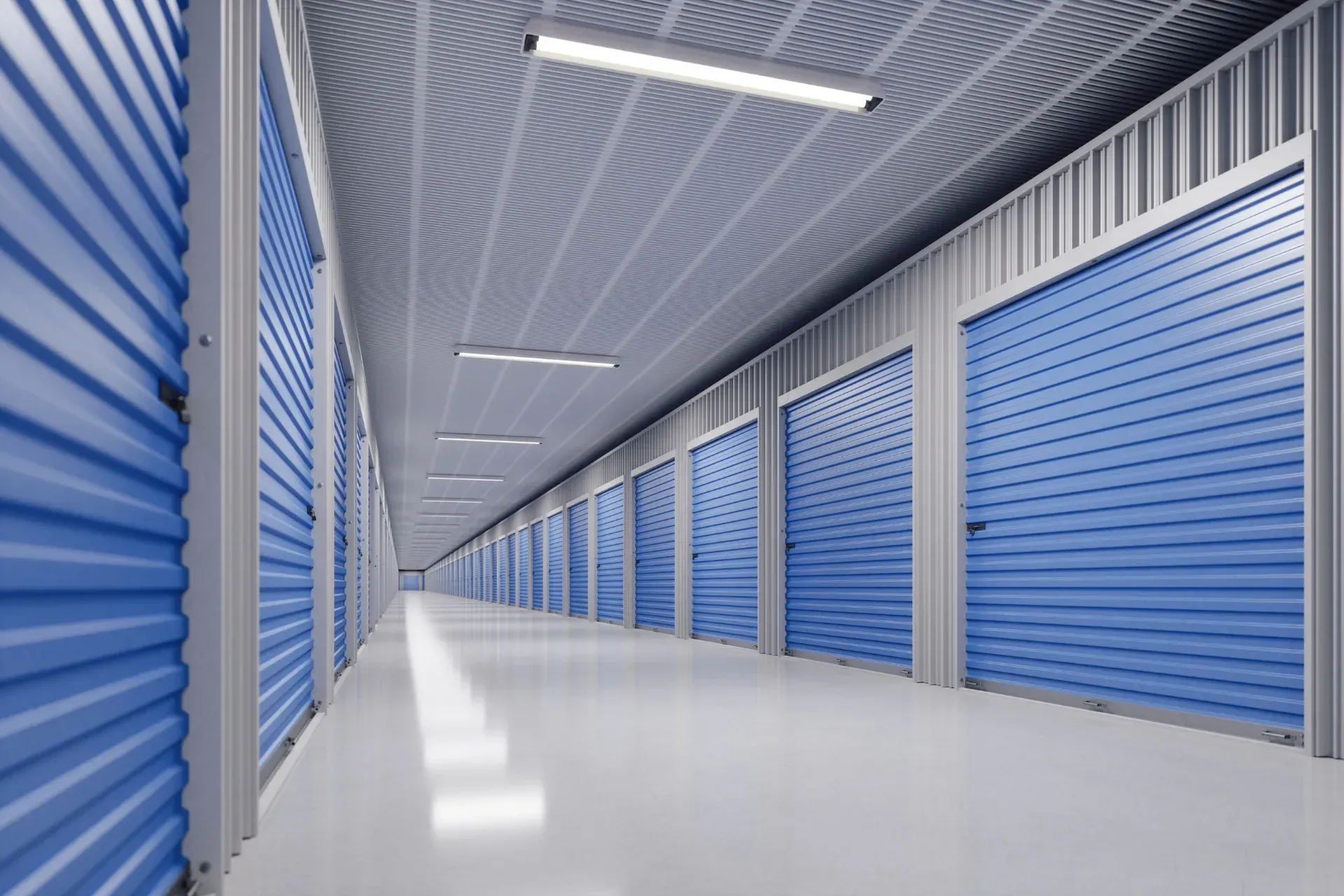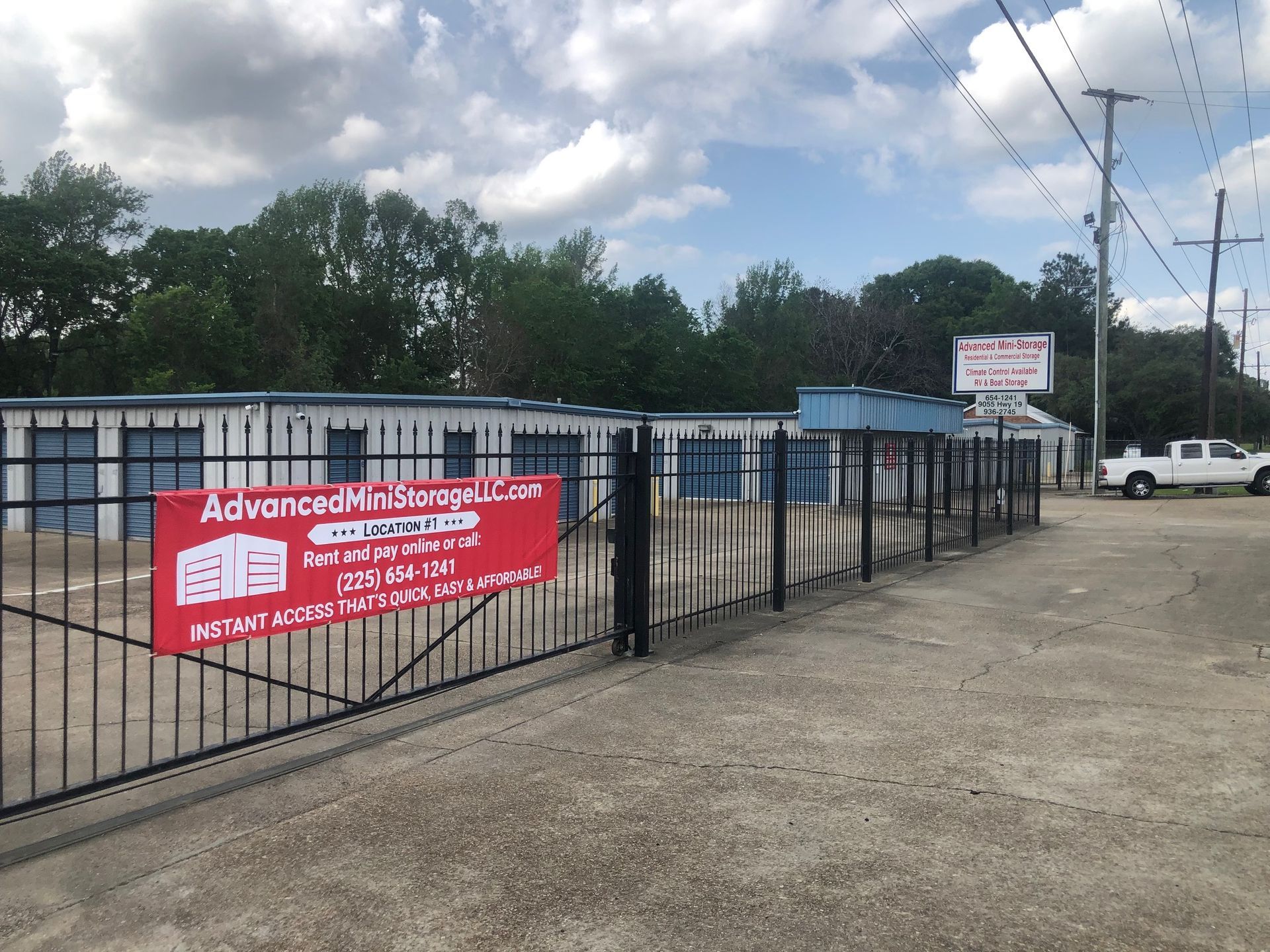Advanced Mini Storage Blog
Choosing the Right Storage Facility for Your RV: What to Look For

Owning an RV provides the freedom to explore the open road, but when it’s not in use, finding the right RV storage facility becomes essential. Proper storage not only protects your investment but also ensures your RV is ready for your next adventure. This article will guide you through the various types of RV storage facilities, helping you make an informed decision.
What This Article Covers
- Why choosing the right RV storage facility is crucial
- Different types of RV storage options available
- Key factors to consider for secure and convenient RV storage
Why Choosing the Right Storage Facility Matters
Your RV is a significant investment, and improper storage can lead to damage, reduced lifespan, and costly repairs. Selecting the right facility helps protect your RV from weather elements, theft, and wear and tear, ensuring it stays in excellent condition.
Types of RV Storage Facilities
- Indoor RV Storage
Indoor RV storage offers the highest level of protection, housing your vehicle in a fully enclosed space. These facilities shield your RV from harsh weather conditions, UV rays, and potential vandalism. Ideal for those with premium RVs or in regions with extreme climates, indoor storage ensures year-round protection.
- Outdoor RV Storage
Outdoor storage is the most common and budget-friendly option. Your RV is parked in a designated space within a secured facility. While it doesn’t offer protection from the elements, outdoor storage is suitable for areas with mild weather or for short-term storage needs.
- Covered RV Storage
Covered RV storage provides a middle ground between indoor and outdoor options. With overhead protection like a carport or canopy, it shields your RV from direct sunlight, rain, and snow while being more affordable than indoor storage. This option balances cost and protection effectively.
Key Features to Consider
When choosing an RV storage facility, certain features can make all the difference in protecting your vehicle and ensuring convenience. Below are key considerations to keep in mind.
1. Security Measures
A secure storage facility is vital for protecting your RV from theft or vandalism. Look for the following features:
- Surveillance Cameras
Round-the-clock surveillance cameras monitor the premises, deterring unauthorized access and recording any unusual activity for added peace of mind.
- Gated Access
Facilities with gated access restrict entry to authorized users only. Look for keypads, swipe cards, or electronic fobs that enhance security and track access.
2. Accessibility
Convenience matters when accessing your RV for maintenance or spontaneous trips. Consider these factors:
- Hours of Operation
Facilities offering 24/7 access give you flexibility, while others may have limited hours. Choose a facility that aligns with your schedule and needs.
- Drive-Up Access
Drive-up access simplifies loading and unloading, especially for larger RVs. Wide driveways and accessible parking spots make maneuvering hassle-free.
3. Climate Control Options
Climate-controlled storage can be a game-changer if you live in areas with extreme temperatures. These facilities regulate humidity and temperature, protecting your RV from mold, rust, and material degradation.
4. Cost and Payment Flexibility
Affordability is a crucial factor when selecting a storage facility. Compare pricing and check for flexible payment options such as monthly or annual plans. Some facilities may also offer discounts for long-term commitments.
Facility Location
When selecting an RV storage facility, its location plays a significant role in convenience and security. Here are two key factors to consider:
Proximity to Your Home or Destination
Choosing a facility near your home or frequent travel destinations can save you time and effort. A closer location makes it easier to access your RV for last-minute trips or routine maintenance.
Neighborhood Safety
The safety of the surrounding area impacts the overall security of your RV. Look for facilities in well-lit, low-crime neighborhoods to minimize risks.
Maintenance and Cleaning Services
Some RV storage facilities go beyond just providing space by offering maintenance and cleaning services. These amenities help keep your RV in top condition and ready for your next journey.
On-Site Amenities
- Wash Stations
On-site wash stations allow you to clean your RV before storage or after a trip, preventing dirt, grime, or road salt from causing long-term damage.
- Dump Stations
Dump stations provide a convenient way to empty waste tanks, ensuring your RV is stored clean and free of unpleasant odors. This feature is particularly useful for frequent travelers.
Reputation and Reviews
The reputation of an RV storage facility is a critical factor in making an informed decision. Researching customer feedback and trusted ratings can provide valuable insights.
- Reading Customer Testimonials
Look for online reviews and testimonials from past and current customers. Pay attention to consistent praise or complaints about the facility’s cleanliness, security, or customer service to gauge its reliability.
- Checking BBB Ratings
The Better Business Bureau (BBB) rating is another reliable indicator of a facility’s trustworthiness. High ratings and positive accreditation reflect a commitment to quality service and customer satisfaction.
Final Tips for RV Storage
To ensure a smooth and worry-free experience, keep these final tips in mind before choosing a storage facility.
Inspect Before You Commit
Visit the facility in person to inspect its condition, security features, and overall upkeep. Confirm that the premises are clean, well-maintained, and spacious enough to accommodate your RV comfortably.
Understand the Contract Terms
Carefully review the storage contract to understand all terms and conditions. Look for details about fees, access hours, and any additional services to avoid unexpected costs or restrictions.
Conclusion
Choosing the right RV storage facility is crucial for protecting your investment and ensuring peace of mind. By understanding the types of storage options available, evaluating key features, and considering location, security, and amenities, you can find a facility that suits your needs.
Recap of Key Points
Consider the type of storage: indoor, outdoor, or covered.
Look for security measures like surveillance cameras and gated access.
Prioritize accessibility, climate control, and maintenance services.
Assess the facility’s reputation through reviews and ratings.
Always inspect the facility and understand the contract before committing.
Encouragement to Make an Informed Decision
Your RV is more than a vehicle—it’s a gateway to adventure. Taking the time to select the right storage facility ensures it remains in excellent condition and ready for your next journey. Make an informed decision and invest in a storage solution that works best for you.
FAQs
1. What is the average cost of RV storage?
The cost varies depending on the type of storage and location. On average, outdoor storage costs $30–$100 per month, covered storage ranges from $50–$150, and indoor storage can go up to $200 or more.
2. How do I prepare my RV for long-term storage?
Clean the interior and exterior, empty all tanks, disconnect the battery, inflate tires, and cover your RV to protect it from dust and weather.
3. Can I access my RV any time at a storage facility?
Many facilities offer 24/7 access, but some may have restricted hours. Confirm access times with the facility before renting.
4. What size storage unit do I need for my RV?
The size depends on your RV's length. Common unit sizes range from 20 to 50 feet. Measure your RV and verify the facility's dimensions to ensure a proper fit.
5. Are there storage facilities that offer power hookups?
Yes, some facilities provide power hookups, allowing you to maintain your RV’s battery and appliances while in storage. Check with the facility to confirm availability.



Store Your Belongings With Confidence
All Rights Reserved | Advanced Mini Storage








